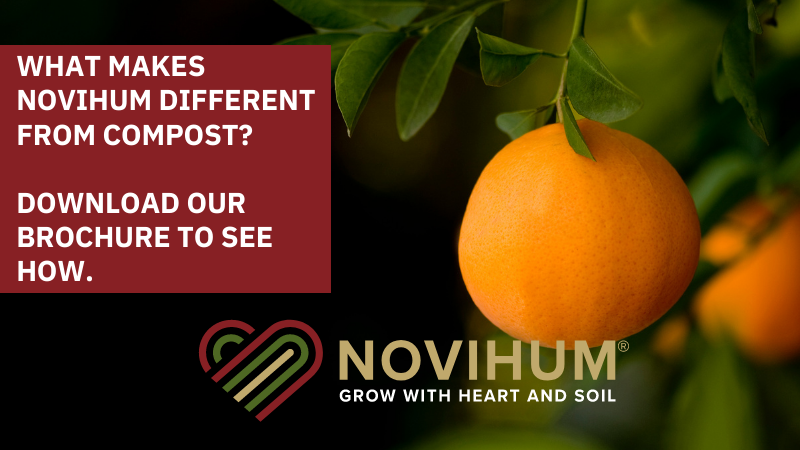Adding Value To Your Vegetable Crop Can Help Counter Costs
The cost of producing fresh vegetables has increased over time as prices for most inputs have increased. Having recently completed updates on production costs for fresh tomatoes, our numbers suggest it is costing $15,000 per acre to grow, harvest, and market fresh market tomatoes for a good crop that yields 1,700 cartons per acre. That expense works out to a cost of $8.82 per carton at the loading dock in the packinghouse.
A grower who experiences a yield of only 1,500 cartons per acre will see resulting costs total $9.59 per carton and a grower who experiences only 1,200 cartons per acre will see resulting costs rise to $11.23 per carton. There are no surprises on the costs included in these numbers. A representative grower will spend (per acre) $923 on fertilizer, $1,215 on chemicals, $1,280 on equipment costs, and $1,600 on pre-harvest labor. The harvest and marketing costs for 1,700 cartons per acre totals $5,168 per acre with most of that cost absorbed by labor.
Slicing And Dicing
As we look to the future, it is hard to see where any improvements can be made that will lower these costs. We are producing better varieties that help us manage the risk from disease and pest pressures, but we have seen little increase in yields or unit values over the last decade (see table below). Production in Florida has declined as growers plant fewer acres to limit their risk to higher costs and declining values.
The question remains, how do we return to the success this industry experienced in the 1980s? Scientists are working on finding a better tomato that will ship better and that consumers will pay more for. The Tasti-Lee tomato developed by the University of Florida was a first large step in that direction, but more needs to be done. Competition from greenhouse-grown tomatoes has made the retail market even more competitive for our growers.
Counting On Change
Without varieties that increase yields, we have to find ways to manage our costs. Labor is and will continue to be a source of risk for our growers. Any change in policy that increases costs will be problematic to our growers. The higher costs of production are especially difficult for smaller growers who have more difficulty in capitalizing on economies of scale that comes from using larger equipment and operating out of a company owned packinghouses. Without change, we can expect this industry to become even more consolidated even in the face of growing local markets.
Our numbers suggest this industry needs to seek changes that add value to its product. We do expect that in the longer term demand will grow for our products as population and incomes rise around the world.









